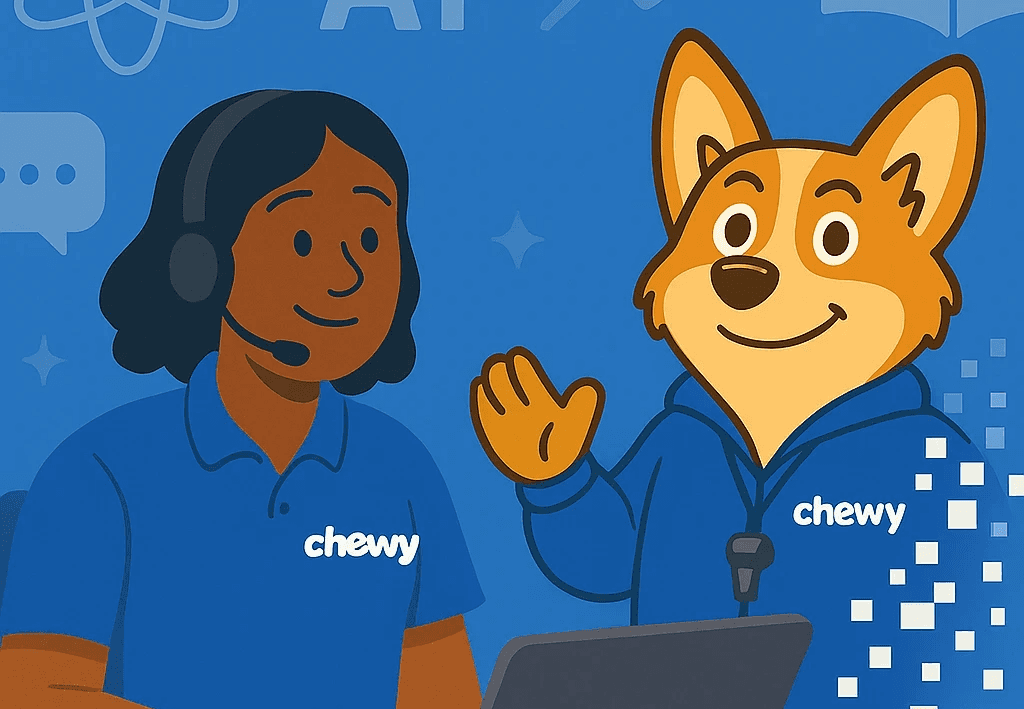Client
Expedia Group
Audience
Customer Service Agents
Responsibilities
Learning Game Designer
Tools Used
Articulate Storyline
Adobe Illustrator
——————————————————————————————————————————————————————————-
Overview
At Expedia, we recognized the critical need to empower our customer service agents to effectively support customers experiencing issues. Our objective was to improve the Customer Satisfaction Score (CSAT) through innovative training solutions.
The Problem
Our traditional training methods relied heavily on in-person role-playing exercises. However, new agents often lacked the knowledge of appropriate responses, leaving them without adequate support. This method also failed to engage agents, resulting in boredom and reduced learning outcomes.
The Solution
To address these challenges, I proposed a two-tiered approach to training:
Initial Guidance: Provide new agents with prepared responses to model.
Skill Development: As agents gained experience, gradually encourage them to craft their own responses.
To enhance this process, I envisioned integrating technology without replacing the in-person element, as social learning theory emphasizes the importance of observing peer behavior.
Inspired by Nintendo Amiibo technology, which enhances gaming through NFC (Near Field Communication) chips, I sought to apply a similar concept in our training. This technology allows devices to communicate wirelessly when in close proximity, enabling quick and secure data transfer.
After gaining approval from leadership, I developed a prototype game called "Resolver." This interactive tool leverages NFC technology to create an engaging learning experience for agents.
Click Play to see a short case study video.
Prototype Process

I utilized Boardgamesmaker to create the cards, leveraging their Adobe Illustrator template for design.


I designed both a front and a back card, sandwiching an NFC tag inside each one.

NFC tags were purchased from Amazon; I chose the most affordable options since minimal memory is required.

To ensure durability, I invested in a laminator to seal the cards.

I also acquired a paper trimmer for precise cutting of the laminated cards.

An NFC card reader was purchased, allowing connection to a computer for scanning the cards.

Each NFC tag contains a preprogrammed unique ID number, which is communicated to the computer upon scanning. In Articulate Storyline, I created triggers to jump to specific slides when the unique ID number changes.

When a card is scanned, its unique ID number is sent to Storyline, triggering the display of the corresponding slide.

I created customer slides for each scenario card and developed agent response slides with voiceovers to model correct responses. Each slide features a text input box for entering the unique ID number. By placing the text input box at the bottom of the timeline in Storyline, it is automatically selected, ensuring readiness for data input from the NFC card reader.
Gameplay Mechanics
Click Play to see how the game works.
Team Dynamics: Agents are divided into two teams, with players taking turns as customers and agents.
Scenario Selection: A die roll determines the difficulty of the scenario. Players scan scenario cards, which trigger specific slides in the game.
Response Training: Agents choose from three response cards, receiving immediate feedback on their choices, thus reinforcing learning.
Results
Learner Reaction:
Positive feedback indicated that agents appreciated the structured support provided during role-playing.
The novel integration of physical cards with a digital platform kept agents engaged and motivated.
Learning Outcomes:
An A/B test was conducted comparing traditional role-playing methods with the NFC card game.
Classroom B (NFC card game) achieved an average post-assessment score of 81%, compared to 68% in Classroom A, demonstrating a 13% improvement in learning outcomes.
I was selected to present at one of the largest and most significant conferences for eLearning and instructional design professionals: DevLearn, which features sessions on the latest trends and tools in eLearning, networking opportunities, an exhibit hall with vendors showcasing new technologies, and keynote speakers sharing insights about the future of learning.
Click Play to view the presentation.
Future Considerations
Although the game was successfully piloted in select classrooms, plans to scale its implementation across Expedia's 60+ global contact centers are currently on hold. Future iterations to enhance viability may include:
Replacing NFC Chips with QR Codes: This change would reduce hardware-related costs while preserving interactivity.
Integrating Customer Scenarios and Agent Responses into the Storyline File: By transferring the text from the cards to the Storyline file, the content will remain evergreen and support replayability.
Conclusion
This project has inspired me to continue exploring how emerging technologies can transform training experiences. As I conclude this case study, I leave you with a thought:
“If we teach today as we taught yesterday, we rob our children of tomorrow.”


